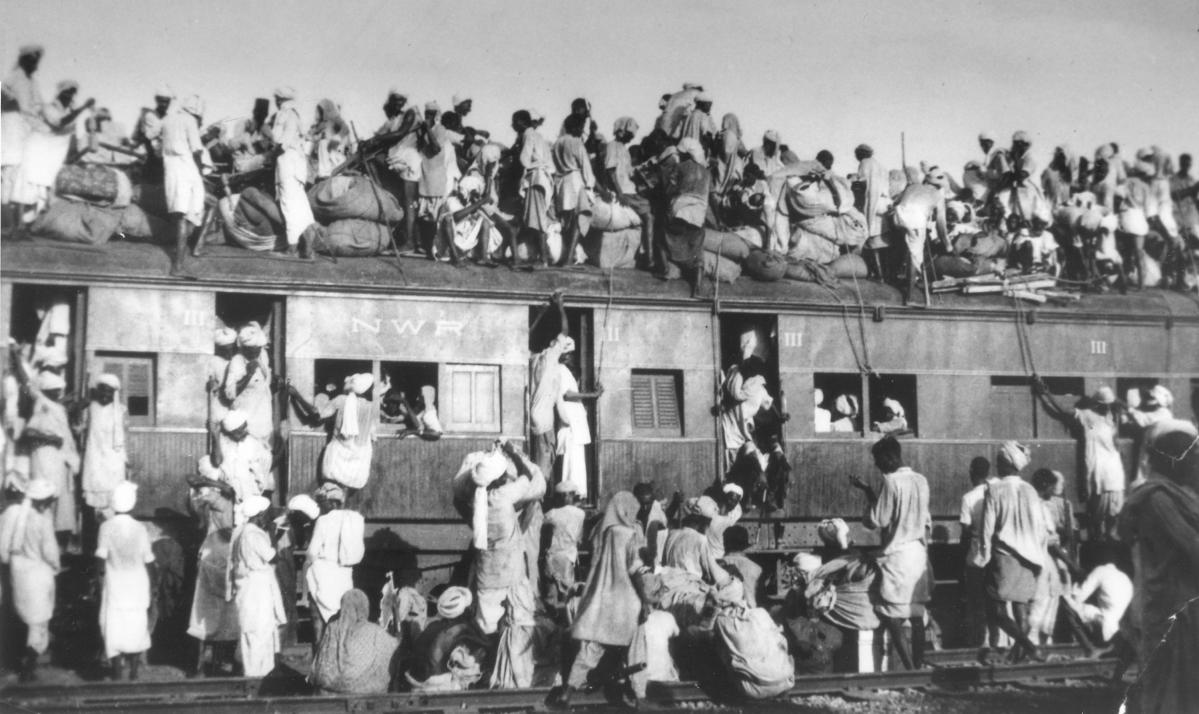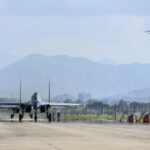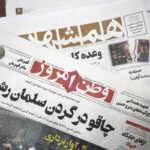
NEW DELHI (AP) — “At the stroke of the midnight hour,” India’s first Prime Minister Jawaharlal Nehru said, “when the world sleeps, India will awake to life and freedom.”
The historic speech just before midnight on Aug. 15, 1947 turned the hopes of millions into reality. India was a free, independent country. Its British colonial history was in the past. A new future beckoned.
Seventy-five years on, India is a vastly changed country. Its story is told through its throbs of tumult, daunting hurdles, spirited triumphs and terrible tragedies.
This is the story of India.
___
1947-1971
Before leaving the Indian subcontinent, British colonialists drew an imaginary line that led to the creation of India and Pakistan, a process that triggered massive migration and religious riots. Hundreds of thousands died in the violence. Some 12 million people fled their homes.
That same year, India and Pakistan fought their first war over disputed Kashmir, leading to the region being divided between the rival countries.
The wounds of partition were still fresh when independence leader Mahatma Gandhi was assassinated in 1948.
India emerged quickly from the tumult and in 1951 took a democratic leap by holding its first general elections.
But soon India met with a crisis on its borders. In 1959, the Dalai Lama fled to India after a failed Tibetan uprising. Three years later, in 1962, India and China were at war.
In 1971, India fought another war with Pakistan, this time over New Delhi’s involvement in the independence of Bangladesh (formerly East Pakistan) under Prime Minister Indira Gandhi.
___
1971-1999
India’s democracy went through a major test in 1975 when Gandhi declared a formal emergency. It lasted nearly two years and culminated with her ouster from office.
A 1983 victory in the Cricket World Cup fulfilled a million dreams, but a year later India was shaken by two cataclysmic events.
Gandhi, who had returned to power in 1980 elections, ordered an army siege on the Golden Temple in Punjab in 1984 to crush Sikh extremism. That same year she was assassinated by her Sikh bodyguards, leading to massive anti-Sikh riots.
Dramatic progress came with historic reforms in the 1990s that spurred growth. But it coincided with major upheaval, including an armed insurgency in disputed Kashmir.
In 1991, former Prime Minister Rajiv Gandhi was assassinated by an ethnic Tamil suicide bomber. In 1992, Hindu mobs demolished a historic mosque in Ayodhya city, sparking countrywide riots. And in 1993, a series of explosions shook Mumbai city and killed more than 250 people.
India chose to show its military might in 1998 by conducting a series of five nuclear tests; Pakistan followed with its own tests. In 1999, the two countries fought a limited war in Kargil.
___
2000-Present
The new millennium started on a grim note: A massive earthquake in Gujarat state killed more than 20,000 people.
A year later, in 2002, the state erupted in anti-Muslim riots, leading to the death of at least 1,000 people. In 2004, a huge tsunami triggered by a massive undersea earthquake in the Indian Ocean killed more than 10,000 Indians.
India signed a nuclear accord with the U.S. in 2008. The same year, the Pakistan-based militant group Lashkar-e-Taiba carried out a series of attacks in Mumbai, leaving 166 people dead.
The 2010s marked a significant change in India’s politics and public discourse.
In 2012, the country saw widespread protests after the gang rape and murder of a 22-year-old woman on a bus in New Delhi. The protests led to tougher laws against rape.
Two years later, Prime Minister Narendra Modi won a landslide victory in general elections. Modi repeated the feat in 2019, and his rule since has been marked by increased religious polarization and contentious decisions such as scrapping Kashmir’s semi-autonomy.
India again convulsed in nationwide protests in 2020 and 2021 against a religious-driven citizenship law and controversial agricultural reforms. They coincided with one of the country’s biggest challenges: a tsunami of coronavirus cases.




